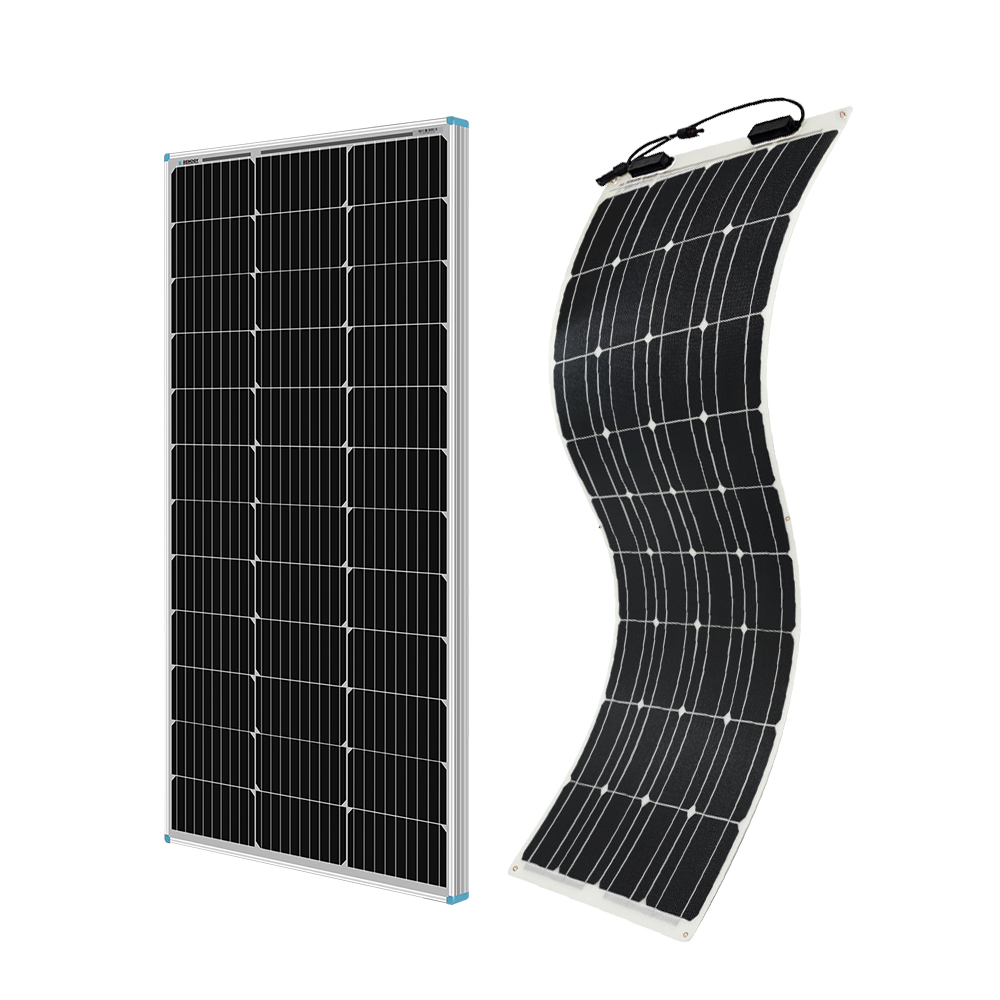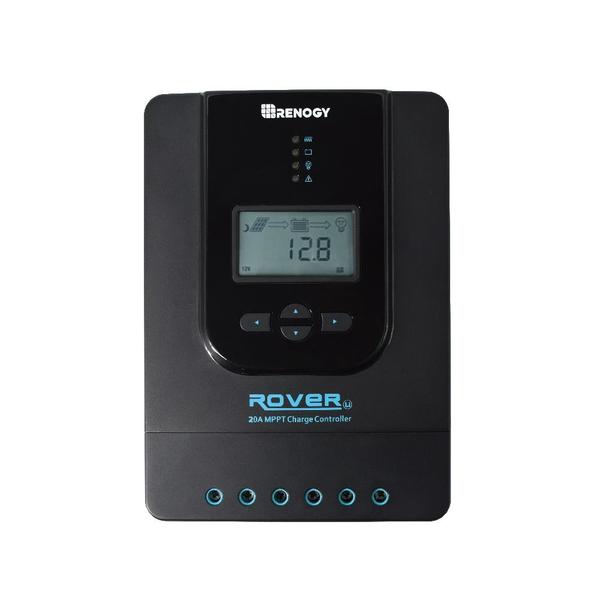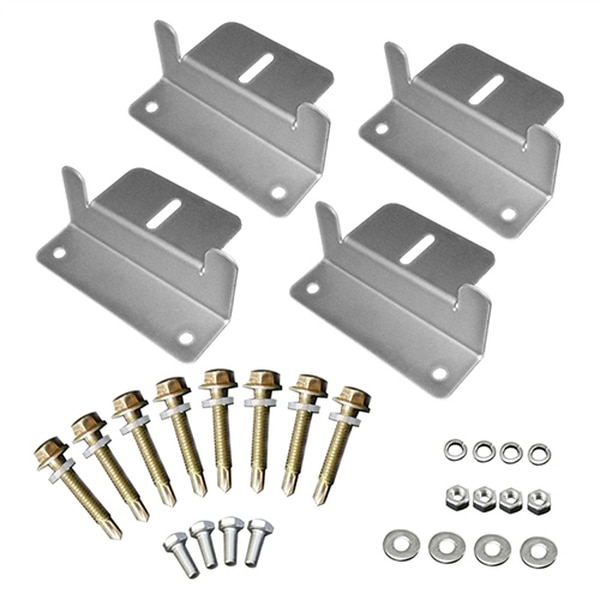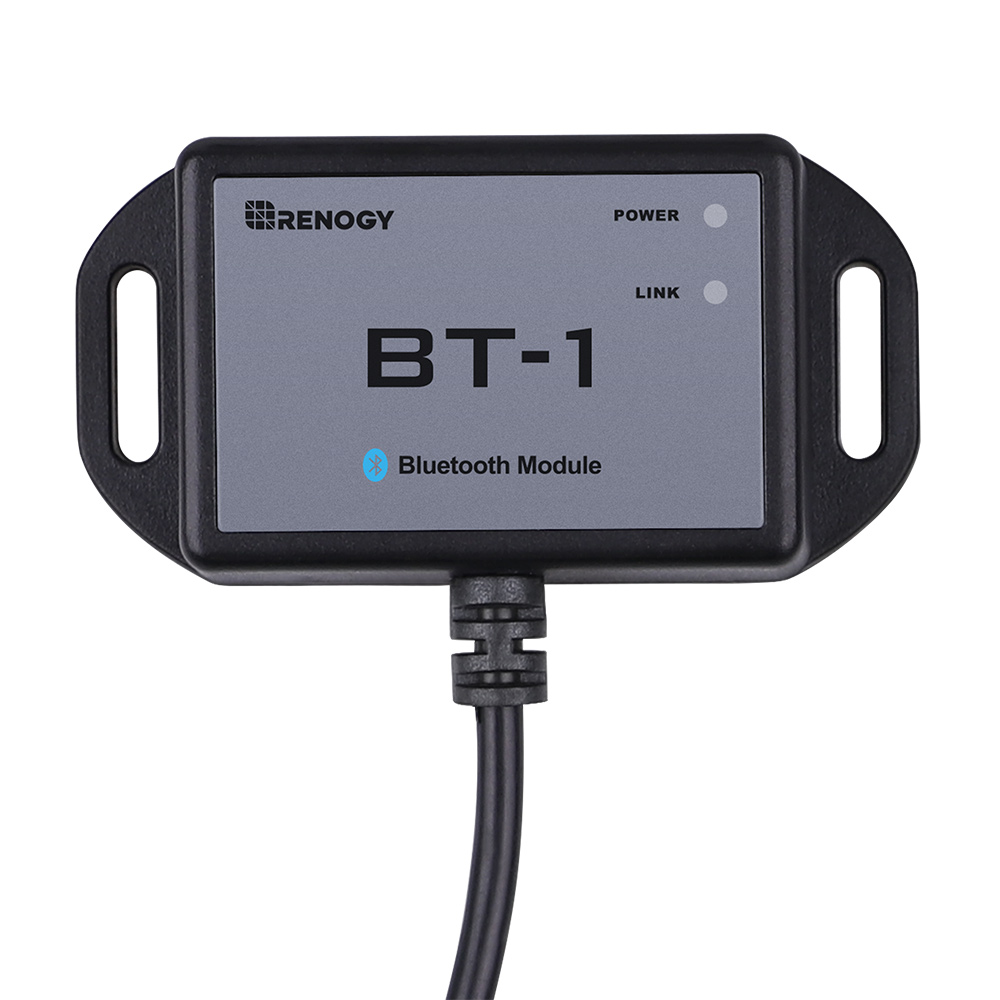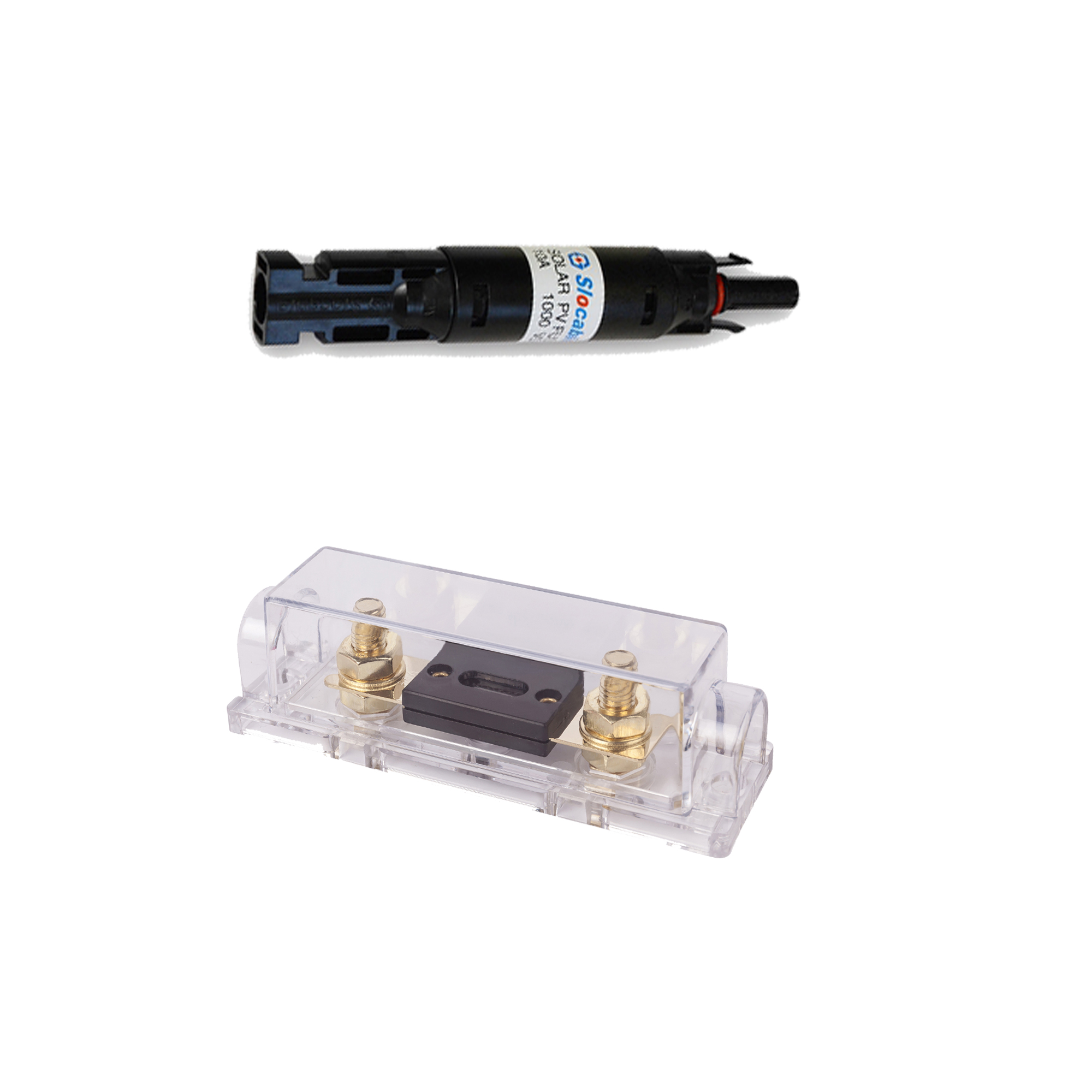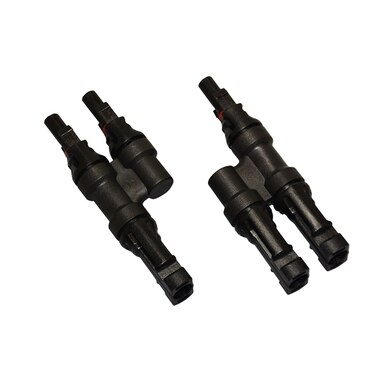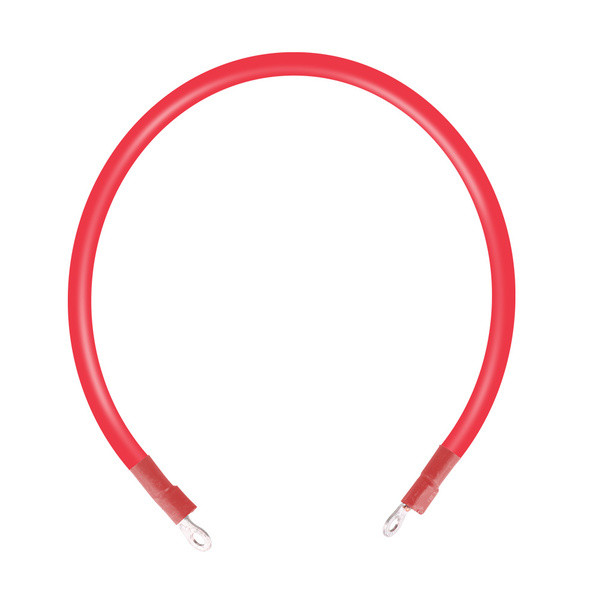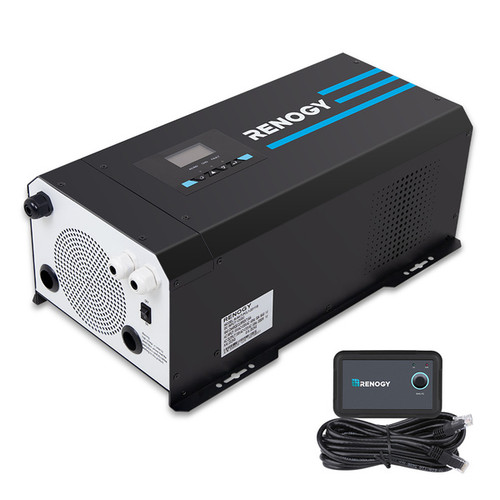


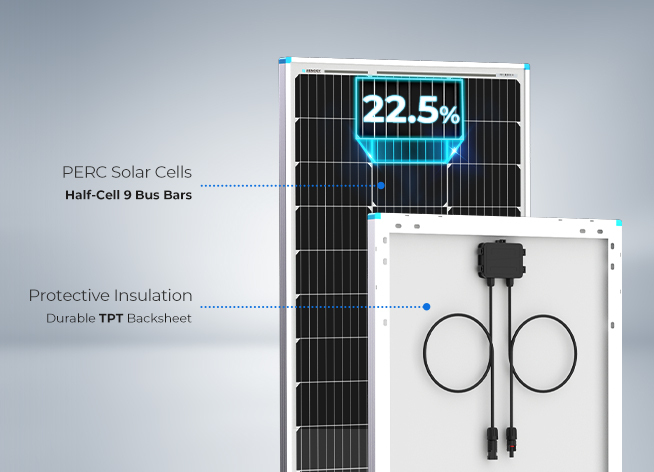














Package Includes
|
100W Compact Panel OR 100W Flexible Panel
2 x |
Rover 20A MPPT Charge Controller 1 x |
|
1 x |
(not included in ETFE Flexible panel kits) 2 x |
|
1 x |
10A MC4 and 20A ANL Fuse
1 x |
|
MC4 Branch Connectors MMF+FFM Pair (not included in ETFE Flexible panel kits) 1 x |
1 x |
| 100W Compact Design Solar Panel (Optional) | 100W Flexible Solar Panel (Optional) |
|---|---|
| Maximum Power at STC: 100W | Maximum Power: 100W |
| Maximum System Voltage:600V DC(UL) | Maximum System Voltage:600V DC |
| Open-Circuit Voltage (Voc): 24.3V | Open-Circuit Voltage (Voc): 22.5V |
| Short-Circuit Current (Isc): 5.21A | Short-Circuit Current (Isc): 5.75A |
| Optimum Operating Voltage (Vmp): 20.4V | Optimum Operating Voltage (Vmp): 18.9V |
| Optimum Operating Current (Imp): 4.91A | Optimum Operating Current (Imp): 5.29A |
| Weight: 6.5 kg | Weight: 1.9 kg |
| Dimensions: 41.8 x 20.9 x1.4 in | Dimensions: 121.9 x 54.6 x 0.2 cm |
| Operating Temperature:-40°F to 176°F | |
| Cell Efficiency:21% | |
| Maximum Series Fuse Rating: 15A |
| ANL 20A Fuse Set | Solar Panel MC4 Branch Connectors (Pair) |
|---|---|
| Current Rating: 20A | Withstanding voltage: 1000V DC(TUV), 600V(UL) |
| Voltage Rating: 72V | Contact Resistance: 1m |
| Interrupt Capacity: 180A (48V) | Temperature: -40°F to +194°F |
| Unmating Force:147.51Ft·lb | |
| Contact Material: Copper, silver plated |
| Mounting Z Brackets (Set) | Renogy 8ft 10AWG Tray Cables (A pair) |
|---|---|
| Eight Long Cap Bolts and Four Short Bolts | Rating Voltage: 600/1000V |
| Four Spring Washers and Four Washers | Length: 8ft |
| Four Z Shape Solar Panel Brackets | AWG: 10 |
| Four Nuts | Temperature: -40°F to +185°F |
| 20A Rover Charge Controller | BT-1 Bluetooth Module |
|---|---|
| Nominal System Voltage: 12V/24V Auto Recognition | Max Solar Input Voltage: 100 VDC |
| Rated Battery Current: 20A | Mounting Oval: 0.30 x 0.18in |
| Rated Load Current: 20A | Net Weight: 3.08 lb. |
| Max. PV Input Short Current: 25A | Discharge circuit voltage drop: ≤ 0.15V |
| Max. Battery Voltage: 32V | Overall Dimension: 8.27 x 5.94 x 2.34 in |
| Renogy 2FT 8AWG ANL Fuse Cable | |
|---|---|
| Length: 2ft | |
| AWG: 8 | |
| Rating Voltage: : AC Uo/U 0.6/1 KV, DC 1.8KV | |
| Temperature: -40°F to +194°F |
Warranty Information
| Panels |
25-year power output warranty: 5 year/95% efficiency rate, 10 year/90% efficiency rate, 25-year/80% efficiency rate 5-year material and workmanship warranty |
 |
|||
 |
|||
| Please click the links below to download the manuals: | |||
| 100W Compact Panel | |||
| BT-1 Bluetooth Module | |||
| 20A Rover Charge Controller | |||
| Mounting Z Brackets | |||


















